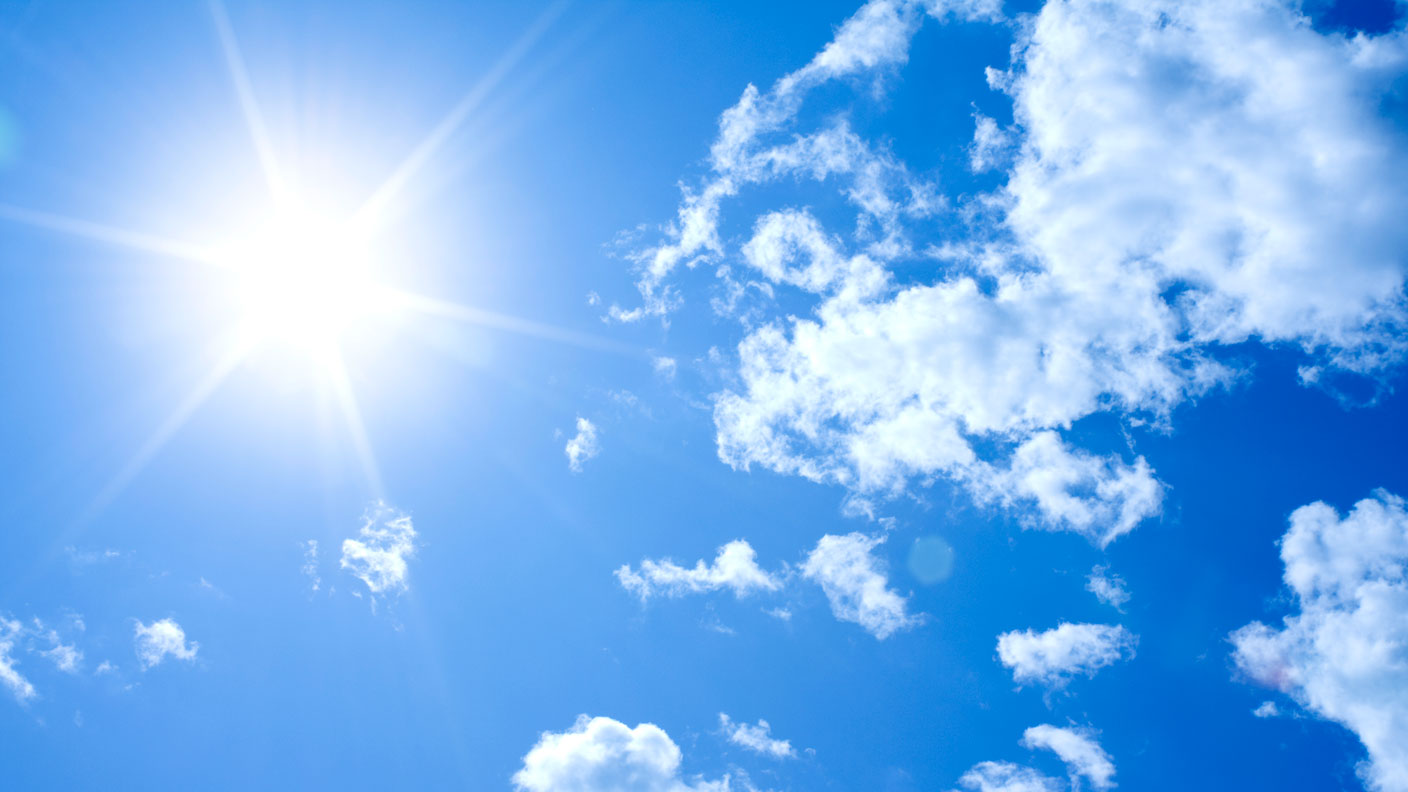

These rainfalls cause problems from the moment they hit the ground all the way downstream. The increase in rainfall over the course of a year might obscure that skies are sometimes staying clear for weeks, then giving way to deluges that fill rain gauges all at once. Generally, climate data shows that the region is getting more rain - but the times when it falls are also changing, said Austin Pearson, a climatologist with the Midwestern Regional Climate Center. Harder rainfalls are one of the clearest climate signals emerging in the Upper Midwest. “We need to ask, how can we best manage all this water, because we’ve compromised the system so much already.” Murky waters “We need to start working with it instead of fighting it,” she continued. “This rain isn’t going away,” said Jennifer Kanine, the director of natural resources for the Pokagon Band of Potawatomi, which has worked to restore wetlands in northwest Indiana’s agricultural areas. How communities adapt will determine what kind of farming they can do. With a changing climate, the farms of the future will look different, experts say. At the same time as human-driven climate change is juicing precipitation, Corn Belt farming practices such as installing underground drainage tiles and leaving fields bare after harvest are changing how water moves across the landscape and into waterways.Īll that water has to go somewhere. McCormick’s delayed planting is one example of how a changing climate - and the rains that come with it - are transforming farm country in the Mississippi River watershed.Ī hotter atmosphere is causing rain to fall in heavier bursts, pushing back planting seasons and drowning crops. “My dad used to say that after July 10, ‘You’re kidding yourself trying to plant,’” said McCormick, who was trying to produce a crop for the landlords who own these fields.

The southwest Indiana farmer had to drill soybeans in August - for a second time last year, having already lost his spring-planted corn crop - after yet another heavy rain flooded his river-bottom field. But while most farmers were preparing for harvest, Ray McCormick was climbing back into his tractor to redrill his soybeans. Our conference professionals will be happy to answer your questions in advance or contact your event organizer.Corn was just starting to tassel across much of the Midwest, including fields in southern Indiana, a golden crown signaling the end of the season. Individual delicacies: The daily catering at Marbach Castle is individually tailored to each event and its schedule. Meals: Breakfast: Daily in the castle building overlooking Lake Constance from 7:00 a.m. We will be delighted to check for you if you can check out later. CONTACTĬheck-Out: Check-out is until 10:00 a.m., it will be our pleasure to store your luggage while your event is ongoing. We will be happy to check whether you can move into your room earlier. The rooms are regularly available from 15:00. Overnight stay Castle and Towers: If you are staying in the castle building or in the towers, you can park directly at the castle avenue and check in with your luggage.Ĭheck-in: Our reception team will be expecting you for check-in in the castle building. You can then drive directly to the parking lot at the Golf Lodges to unload your luggage and check into your room. Overnight stay Golf Lodges: If you are staying at our Golf Lodges, We recommend that you first pick up your room card at the front desk in the Castle Main Building.
#Www wetter com how to
Here you will be instructed on how to proceed. CONTACTĮ-charging station for cars: There is an e-charging station on our premises, please inform the reception about it before using it.

If you are arriving with a special vehicle that needs to be parked on site, please let us know.
#Www wetter com free
Parking: Our open air parking is available free of charge at several locations on the Marbach site. How to get there: Marbach Castle is located away from major traffic, directly on Lake Constance, and yet is easy to reach from anywhere: By train, by car or by plane.


 0 kommentar(er)
0 kommentar(er)
